Israeli planes and tanks pounded the eastern and northern outskirts of Gaza City overnight Saturday and into Sunday, destroying buildings and homes, residents said, as the IDF increased its troop presence in northern Gaza as part of an offensive aimed at bolstering the army’s control in the area.
Witnesses reported the sound of nonstop explosions overnight in the areas of Zeitoun and Shejaia, while tanks shelled houses and roads in the nearby Sabra neighborhood and several buildings were blown up in the northern town of Jabalia.
The IDF said Sunday that troops of the 401st Armored Brigade returned to Jabalia in recent days, joining the Givati infantry brigade, which has been operating the area — just north of Gaza City — for the past week.
The military said the forces, led by the 162nd Division, are working to dismantle Hamas capabilities in the area, including by destroying tunnels, “eliminating terrorists, and strengthening operational control over the area.”
“The troops’ activity enables the expansion of the fighting to additional areas and prevents Hamas terrorists from returning and operating in these areas,” the IDF said.
The IDF has said it is operating on the outskirts of Gaza City ahead of a major offensive that would see it capture the entire city.
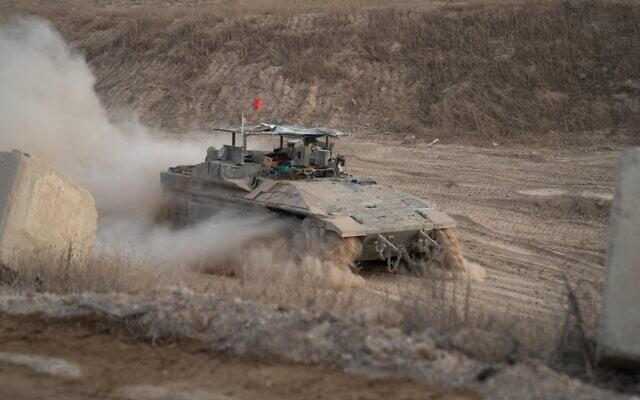
Tens of thousands of reservists are due to show up for duty on September 2 for the offensive, which is likely to begin in the following weeks.
While fleeing westward from Jabaliya, schoolteacher Salim Dhaher said he saw weaponized robots planting explosives as troops advanced from the opposite direction. As they set the stage for Israel’s push to seize the city, Dhaher said he feared it was part of a larger effort to forcibly remove Palestinians from the north.
The aim is clear, he said: “To destroy everything above the ground, and force the transfer.”
Around half of the enclave’s two million people currently live in Gaza City, and there has been little sign, ahead of the invasion, of the hundreds of thousands of Palestinians evacuating the city, which Israel says is still a Hamas stronghold. Many are exhausted by repeated displacements and unconvinced that any area — including so-called humanitarian zones — offers safety.
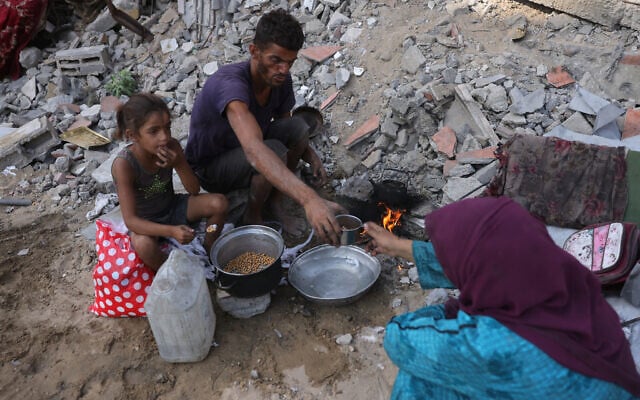
A few thousand have already left, carrying their belongings on vehicles and rickshaws.
“I stopped counting the times I had to take my wife and three daughters and leave my home in Gaza City,” said Mohammad, 40, via a chat app. “No place is safe, but I can’t take the risk. If they suddenly begin the invasion, they will use heavy fire.”
Others said they will not leave, no matter what.
“We are not leaving, let them bomb us at home,” said Aya, 31, who has a family of eight, adding that they couldn’t afford to buy a tent or pay for the transportation, even if they did try to leave. “We are hungry, afraid and don’t have money.”
In the part of Gaza City where he and his family have sheltered since being displaced from a neighborhood on the city’s southern edge, Ossama Matter said he had seen houses reduced to rubble and neighborhoods razed beyond recognition.
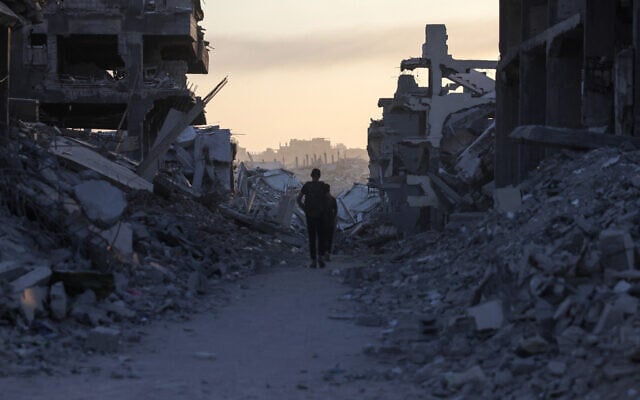
“They want it like Rafah,” he said, referring to a town in southern Gaza destroyed earlier in the war. “There have been nonstop explosions and strikes in the past days.”
The planned campaign has sparked a major international outcry, with governments and humanitarian groups warning of potentially disastrous consequences for Gaza’s civilians, noting widespread malnutrition that has recently worsened significantly amid the 22-month war.
Gazans report 4 killed near aid sites
Also on Sunday, local witnesses said that Israeli forces killed four aid seekers traveling through a military zone south of Gaza City — an area regularly used by Palestinians trying to reach a food distribution point.
Al-Awda Hospital and two eyewitnesses told The Associated Press that the four Palestinians were killed when troops opened fire on a crowd heading to a site run by the Israeli-backed American contractor Gaza Humanitarian Foundation, or GHF, in the Netzarim corridor area. It occurred hundreds of meters away from the site, the eyewitnesses said.
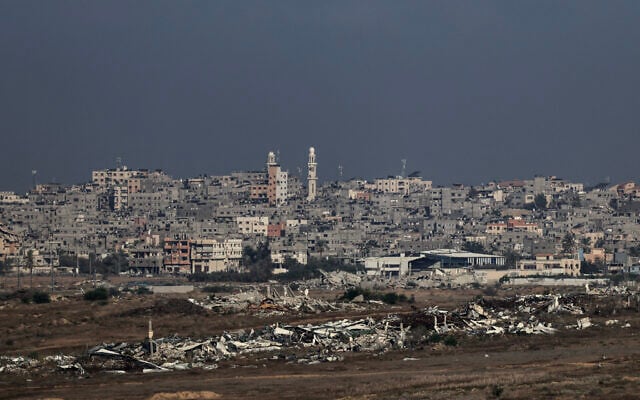
“The gunfire was indiscriminate,” Mohamed Abed, a father of two from the Bureij refugee camp, said, adding that while many fled some people fell to the ground after being shot.
Abed and Aymed Sayyad, another aid seeker among the crowd, said troops opened fire when a group near the front of the crowd pushed forward toward a distribution site before its scheduled opening.
Sayyad said he and others helped two people who were wounded by gunshots, one in his shoulder and the other in his leg.
The Israeli military and the GHF did not immediately respond to requests for comment.
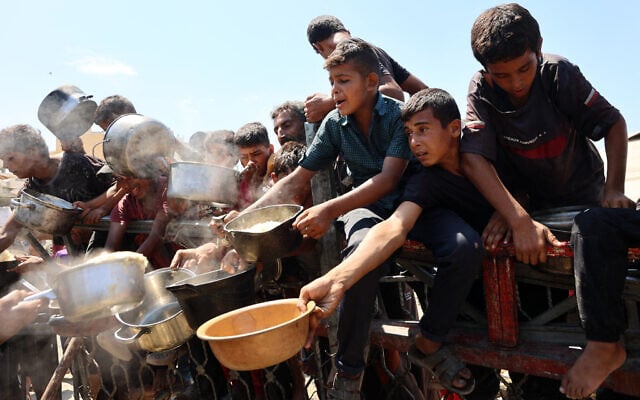
According to Gaza’s Hamas-run health ministry, more than 2,000 Palestinians have been killed and more than 13,500 wounded while seeking aid at distribution points or along aid convoys. The ministry added that malnutrition-related deaths rose by eight to 289 on Sunday.
The IDF has acknowledged firing warning shots at crowds that get too close to its soldiers at aid distribution sites in Gaza, but has called the death tallies exaggerated, though it hasn’t provided alternate numbers.
The Hamas health ministry says more than 62,000 people in the Strip have been killed or are presumed dead in the fighting so far, though the toll cannot be verified and does not differentiate between civilians and fighters. Israel says it has killed over 22,000 combatants in battle as of August and another 1,600 terrorists inside Israel during the October 7 onslaught.
Israel has said it seeks to minimize civilian fatalities and stresses that Hamas uses Gaza’s civilians as human shields, fighting from civilian areas including homes, hospitals, schools, and mosques.

